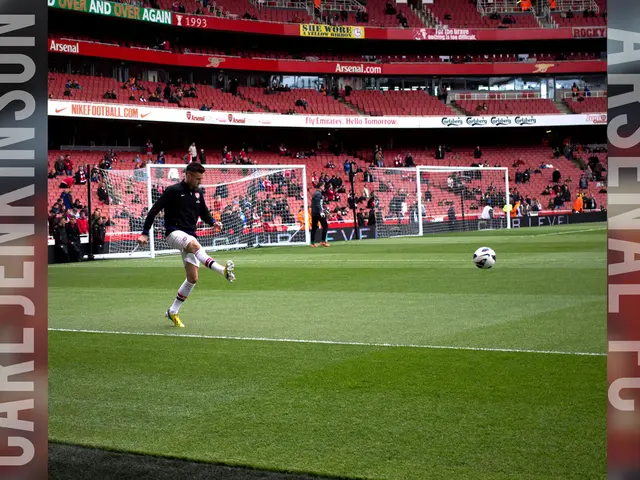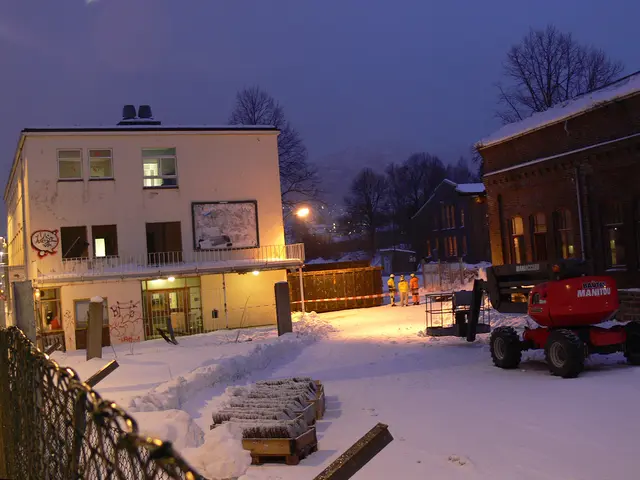Retrofit Pattern Book for Victorian Terraced Homes Launched in Collaboration with Barclays
Barclays partners with 5th Studio to develop a pattern book for retrofitting
In an effort to reduce energy demand and national carbon emissions, 5th Studio, a renowned architectural firm, has unveiled a pilot Retrofit Pattern Book in partnership with Barclays bank. The initiative aims to reinvent the stock of historic housing by retrofitting Victorian terraced houses to promote energy efficiency.
Project Background and Origin
Barclays bank embraced the idea of creating a pilot Pattern Book for Retrofit, providing both financial and logistical support for the project. The goal was to directly impact the housing market by collaborating with banks and mortgage lenders, creating fundable and realisable solutions to retrofit existing homes.
Comparison with Historical Pattern Books
Mimicking the spirit of 19th-century pattern books, the Retrofit Pattern Book offers general guidance to improve the energy efficiency of Victorian terraced houses, similar to the construction methods and societal norms of the era. The retrofit details identified map onto the traditional details found in these houses, making it easier for homeowners, landlords, and tradespeople to understand and implement energy-saving improvements.
Target Audience and Distribution
The Retrofit Pattern Book caters to homeowners, landlords, and building tradespeople, offering a guide to the evolution of Victorian terraced houses and the benefits of retrofit initiatives for property, comfort, energy consumption, and the environment. The book will initially be disseminated through Barclays but will also be published on the National Retrofit Hub and other independent websites to extend its reach.
Common Retrofit Mistakes and Tips
- Untended basic maintenance issues such as leaking gutters, downpipes, and roof repairs can reduce the effectiveness of any retrofit efforts.
- Improving insulation and air-tightness without proper ventilation often exacerbates existing moisture and condensation problems, affecting building health and occupant well-being.
- An overemphasis on heat-pumps might incur increased operating costs, compromising comfort, when compared to a fabric-first approach.
DIY Approach vs. Architectural Involvement
Homeowners can gain valuable insights into their homes, the biggest investment in their lifetimes, via a DIY approach. Still, larger-scale projects, those requiring consents like listed building or conservation area status, or intense time and expertise commitment will necessitate the involvement of an architect.
You can access the Retrofit Pattern Book here, a valuable resource for anyone interested in sustainable retrofit initiatives for Victorian terraced homes.
Incorporating the new Retrofit Pattern Book, one could explore energy-efficient solutions for Victorian terraced homes even while engaging in sports activities, ensuring a healthier environment. On the flip side, paying attention to weather conditions would be crucial when undertaking retrofit projects to avoid common mistakes such as improper ventilation that could compromise building health and occupant well-being.







